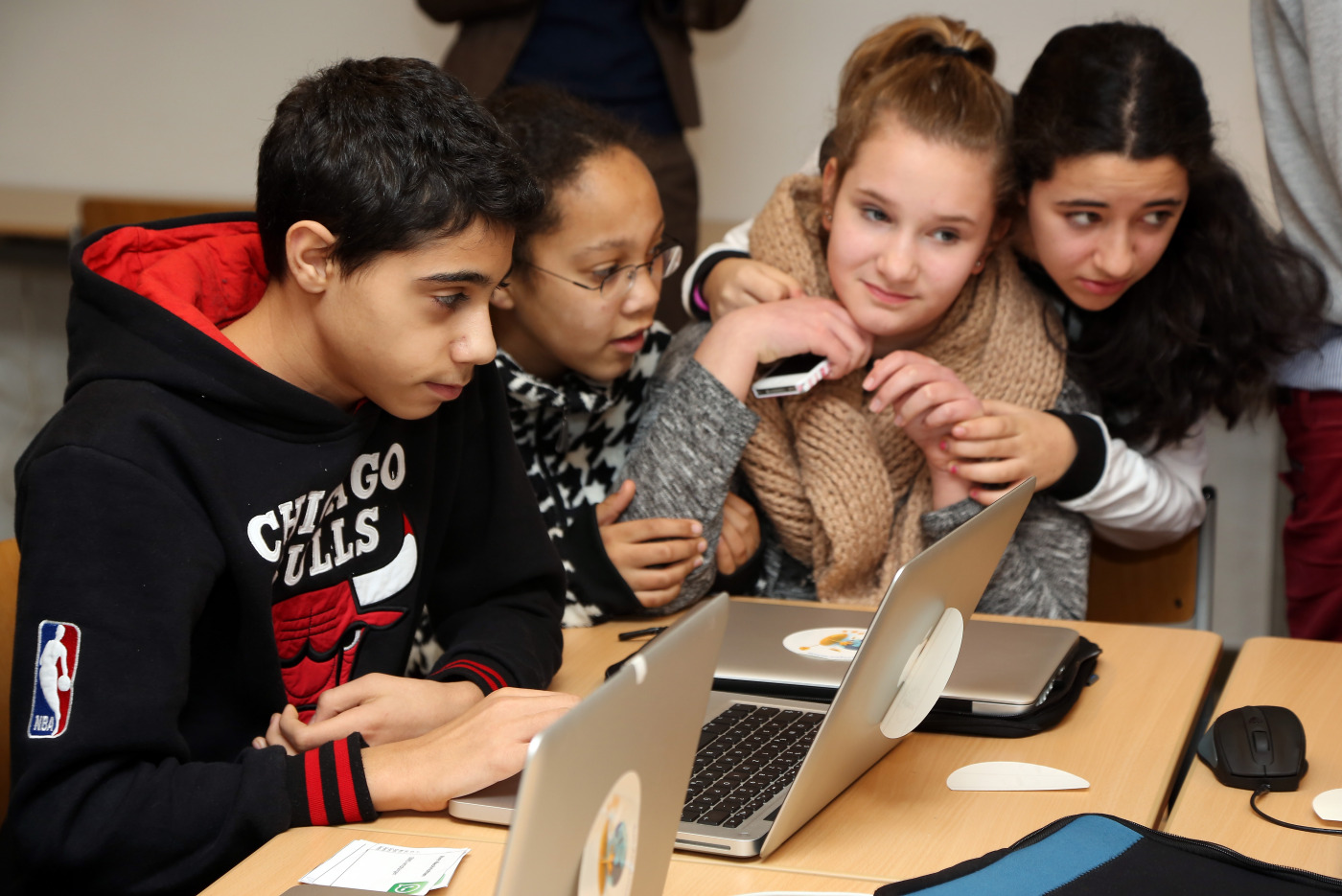
Danah Boyd has a pointed message for parents: Most everything we think we know about the way our kids are using the Internet is wrong.
As it turns out, that’s good news.
Boyd’s new book, It’s Complicated: The Social Lives of Networked Teens, makes the case that the Internet isn’t nearly as scary or damaging to young people as many moms and dads believe.
Based on a decade of research and interviews with adolescents from the suburbs to the inner city, It’s Complicated is a persuasive anti-alarmist polemic that should help ease parents’ concerns about all sorts of Internet bogeymen.
“There’s a large part of me that wants everyone to take a chill pill,” says Boyd, who holds positions at Microsoft Research, New York University, and Harvard’s Berkman Center for Internet and Society. “I want parents and educators to calm down and approach technology with curiosity rather than fear.”
Boyd covers a lot of terrain across 213 pages—everything from cyberbullying to Internet addiction to online privacy to digital inequality. As the mother of a 16-year-old, I found most of it fascinating. Here are are three of my biggest takeaways:
Technology is not turning our teens into social misfits.
Although the image persists that young people would rather text than talk, and prefer connecting on Facebook than hanging out in person, Boyd says this isn’t true. “Most of the teens that I met . . . were desperate for the opportunity to leave their homes to gather with friends,” she writes.
The trouble is that in many communities, young people have less freedom to roam than they once did because they are so over scheduled and because parents are worried about their safety. “The era of being able to run around after school so long as you are home before dark is long over,” Boyd notes.
To make up for this lost freedom, teens have turned to their computers. “The success of social media must be understood partly in relation to this shrinking social landscape,” Boyd explains. Facebook, Twitter, Instagram, Snapchat, and other sites “are not only new public spaces; they are in many cases the only ‘public’ spaces in which teens can easily congregate with large groups of their peers.”
One way or another, “teens want to gossip, flirt, complain, compare notes, share passions, emote and joke around,” Boyd adds. “They want to be able to talk among themselves—even if that means going online.”
The Internet isn’t full of sexual predators waiting to prey on our children.
Boyd is careful here, clearly not wanting to dismiss parents’ apprehensions about their kids’ security and wellbeing. “They are afraid because terrible things do happen to children,” she acknowledges.
But she argues that parents should keep things in perspective. “Internet-initiated sexual assaults are rare,” she writes, adding that the overall number of sex crimes against minors has actually been falling for more than two decades—a strong indication that “the Internet is not creating a new plague.”
In fact, as Boyd points out, studies show that teenagers are far more likely to be attacked by a family member or someone else they know from school or their place of worship than by a sketchy adult they meet online.
“A central challenge in addressing the sexual victimization of children is that the public is not comfortable facing the harrowing reality that strangers are unlikely perpetrators,” Boyd writes.
Adolescents aren’t as Internet savvy as we like to think.
Although teens have been dubbed “digital natives” for having grown up practically glued to their computers and smartphones, they remain unsophisticated in many ways about what they find online. After all, they’re just kids.
“Many of today’s teens are indeed deeply engaged with social media . . . but this does not mean that they inherently have the knowledge or skills to make the most of their online experiences,” Boyd writes. “The rhetoric of ‘digital natives,’ far from being useful, is often a distraction to understanding the challenges that youth face in the networked world.”
One area in which young people need help is in learning to distinguish between valid and specious sources of information. “Teens may make their own media or share content online,” Boyd observes, “but this does not mean that they inherently have the knowledge or perspective to critically examine what they consume.”
Yet many teachers, librarians, and, yes, parents do. “Even those who are afraid of technology,” Boyd says, “can offer valuable critical perspective.”
As a mom or dad, the most important thing for your kid to plug into is your hard-earned wisdom.
More Must-Reads from TIME
- Why Biden Dropped Out
- Ukraine’s Plan to Survive Trump
- The Rise of a New Kind of Parenting Guru
- The Chaos and Commotion of the RNC in Photos
- Why We All Have a Stake in Twisters’ Success
- 8 Eating Habits That Actually Improve Your Sleep
- Welcome to the Noah Lyles Olympics
- Get Our Paris Olympics Newsletter in Your Inbox
Contact us at letters@time.com